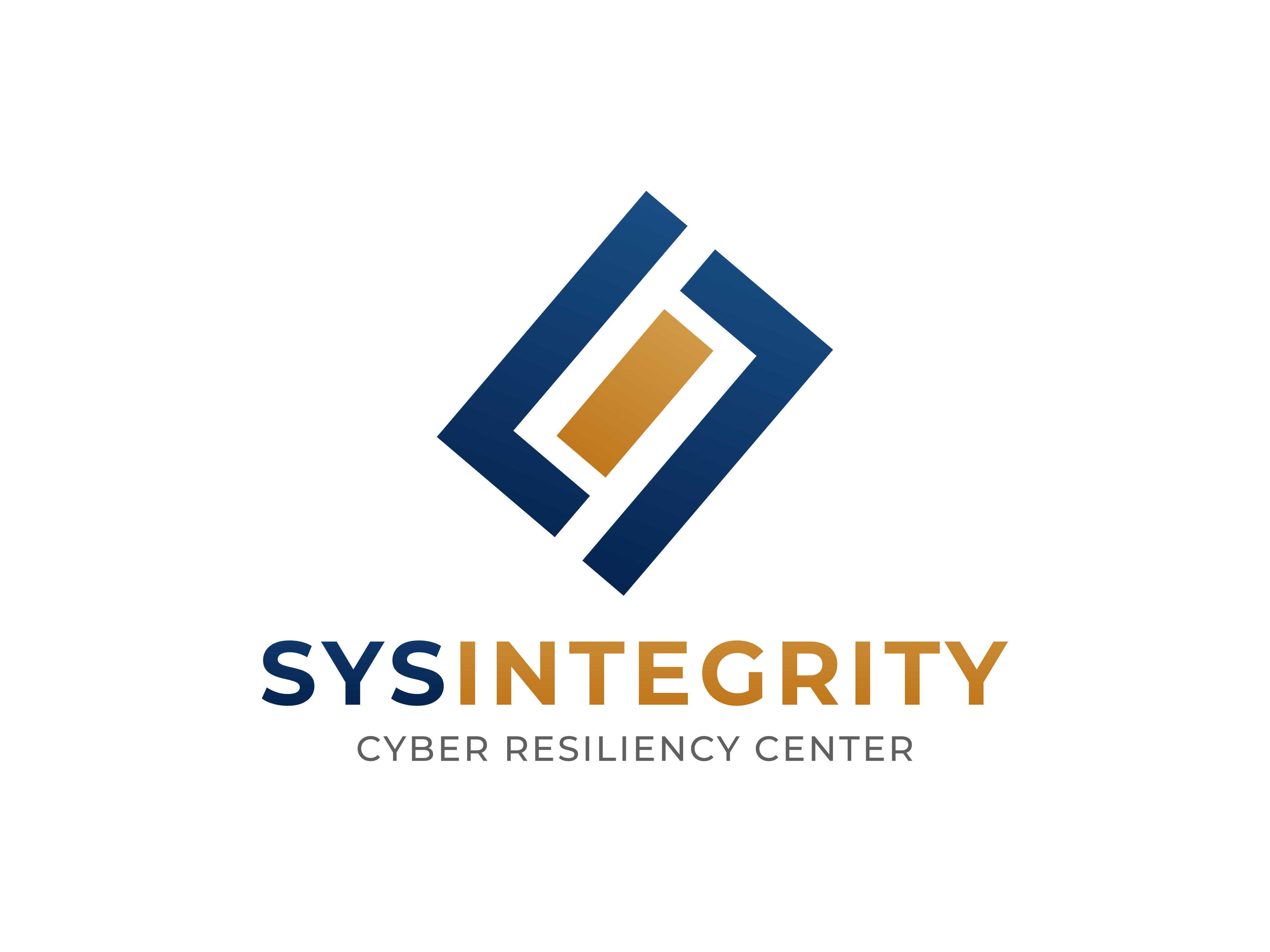Cyber Security Insurance Technical Requirements
To be covered for cyber liability insurance, companies typically need to implement certain cybersecurity technologies and protocols to minimize the risk of cyberattacks. While specific requirements may vary by insurance provider, common technologies and practices include:
1. **Firewalls and Intrusion Detection/Prevention Systems (IDS/IPS):**
Protect the network from unauthorized access and monitor for suspicious activity
2. **Antivirus/Antimalware Software:**
Regularly updated to detect and prevent malware, ransomware, and viruses.
3. **Multi-Factor Authentication (MFA):**
Provides an additional layer of security, requiring more than just a password for access to sensitive systems.
4. **Encryption:**
Data, both at rest and in transit, should be encrypted to prevent unauthorized access to sensitive information.
5. **Patch Management:**
Regular updates and patches for software, operating systems, and applications to fix security vulnerabilities.
6. **Endpoint Detection and Response (EDR):**
Monitors and responds to security incidents on endpoint devices like laptops, desktops, and mobile devices.
7. **Backup and Disaster Recovery Plans:**
Regular backups of critical data and a robust disaster recovery plan to ensure data can be restored after an attack.
8. **Incident Response Plan:**
A documented plan for how the organization will respond to a cyber incident, including communication, containment, and recovery procedures.
9. **Security Awareness Training:**
Employees must be trained on recognizing phishing attacks and other common cyber threats.
10. **Vulnerability Scanning and Penetration Testing:**
Regularly assess the company’s infrastructure for vulnerabilities and conduct testing to evaluate the effectiveness of security measures.
11. **Access Control and Identity Management:**
Role-based access controls, ensuring only authorized personnel have access to sensitive systems and data.
12. **Cybersecurity Insurance Questionnaire/Assessment:** Some insurers may require a detailed security audit or questionnaire to assess the company’s risk level before providing coverage.
By implementing these measures, a company can lower its risk of cyber incidents and increase the likelihood of obtaining comprehensive cyber liability insurance coverage.


